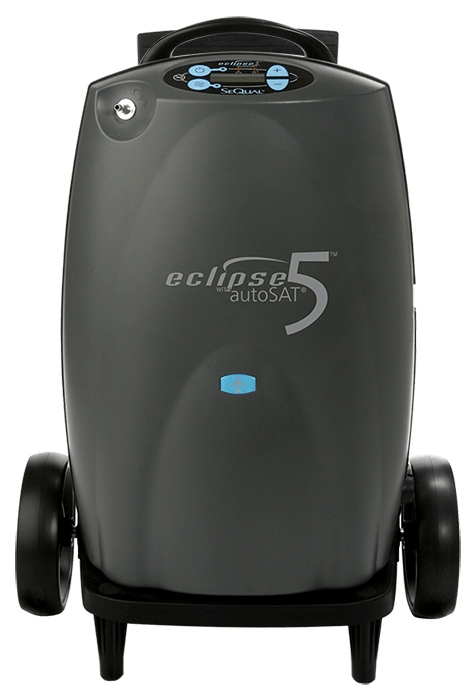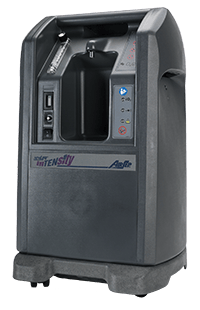
Moving into a nursing home, also known as a skilled nursing facility, is a big transition for seniors and their family members. The change can be emotional, but you can take some practical steps to ease the move’s logistical aspects. Here, we present a list of items to take care of just before and right after moving into a nursing home so that you or a loved one can settle in quickly and receive the care they need.
Before moving into a nursing home
A successful transition begins before you move the boxes into your loved one’s room in the facility. If you have time before the move, there are a few tasks you can complete to make the transition easier and more seamless. However, if your loved one must move immediately, you can still complete these tasks as soon as possible to ensure a successful transition.
Understand payment options
Ideally, you should understand how your loved one will pay for skilled nursing prior to choosing a facility and locking in a move-in date. Skilled nursing facilities are unique in that they accept Medicare for some aspects of care for a limited period of time, and most seniors have up to 100 days of skilled care coverage under traditional Medicare. In this scenario,100% of the cost is covered for 20 days, and then part of the cost is covered for days 21 to 100 while the senior qualifies for this level of care. If the individual has supplemental Medicare coverage, that policy may pay for the costs not covered by Medicare for days 21 to 100. After day 100, the individual is responsible for all of the costs. However, you can use other payment methods for care at a skilled nursing facility, including private pay, Medicaid, long-term care insurance (LTCi), and Veterans benefits.
If you are unsure how your loved one will pay for skilled nursing care, consider these steps:
- A Medicare-covered skilled nursing stay will require a three-day qualifying stay at a hospital prior to admission. Work with the discharge planner at the hospital to understand how many days your loved one has before moving into the skilled nursing facility.
- Determine if you will sell the senior’s home. If so, you can work closely with a Realtor with direct experience working with older adults, such as a Seniors Real Estate Specialist® (SRES). You can use the proceeds of the home sale to fund the monthly facility cost.
- Contact your local Area Agency on Aging to learn more about Medicaid eligibility in your state. Medicaid is unique to each state, so ensure you look at your loved one’s home state when determining if they qualify for this assistance. You can submit a Medicaid application on your loved one’s behalf, and they may be admitted to a skilled care facility as Medicaid-pending.
- If your loved one has long-term care insurance, contact their provider to learn more about the benefits available on their plan and if there are any restrictions.
- If your loved one is eligible for Veterans benefits like the Aid and Attendance benefit and has yet to apply, contact the Department of Veterans Affairs (VA) to learn the first steps of the application and enrollment process, as approval can take several months.
- For individuals who need to move immediately but who don’t currently have access to the long-term funding they will use to cover nursing home care, a bridge loan could be a viable option. These loans provide quick funding for situations such as when a person needs immediate care but is waiting on the funds from a home sale. Do your research and contact a reputable lender to begin the application process.
Work with the admissions representative
The nursing home will have an admissions staff member who will be your point of contact before moving in. They are an excellent resource and can ensure you have all the applicable details in order, such as:
- Medicare information.
- Medicaid information.
- LTCi policy information.
- VA Aid and Attendance information.
As you compile this information, ask questions as they arise. The more answers you get now, the better you can advocate for your loved one and anticipate finances in the future.
Your admissions representative will also gather copies of documents that will go into your loved one’s chart. Keep the original copies in a safe place as you begin to find them. Pertinent documents include:
- Power(s) of attorney designations.
- Do-not-resuscitate (DNR) orders (DNR), if applicable.
- Living wills.
- Trust information.
- Other estate planning documents.
Connect with experts
If your loved one previously worked with any experts, such as an elder law attorney or a financial planner, now is the time to inform them of the move if they are not yet aware. They might have follow-up questions for you or your loved one or recommendations to keep in mind during and after the transition.
You should also ensure your loved one’s primary physician is aware of the move and has permission to communicate with the skilled nursing facility. This communication helps ensure your loved one’s prescriptions are sent directly to their new home.
Downsize and prepare the home
If your loved one is permanently moving into a nursing home, you will need to not only downsize their possessions and pack them up for their new home but also prepare the home for what will come next, such as a sale or transfer of ownership. Begin by packing the belongings your loved one will bring to the nursing home, including a few comfort items to make their new room feel cozy. If you aren’t sure what to bring, contact the skilled nursing team for their recommendations. Remember, most skilled nursing rooms already include a bed, bedside table, and dresser, so you’ll bring along mainly the special touches that your loved one needs.
If you’re going to sell your loved one’s home, it is never too early to begin working with a Realtor. The right professional can help you understand how to clear out and stage the home as well as if any quick home modifications will increase the home’s value before putting it on the market.
The first few weeks after moving into a nursing home
Now that your loved one has moved into their new home, the transition work really begins. Your role is to advocate on behalf of your loved one and encourage your loved one to get involved in the life of the community as the team and fellow residents get to know them.
Attend the initial assessment and care plan meetings
When your loved one moves into a nursing home, a nurse will assess them, asking about their medical history and evaluating their current mental and physical health. If possible, attend the assessment so you can provide answers to any questions your loved one might not know how to address. If you cannot attend, you can work with the nursing and social services team via phone to give more information about your loved one’s condition, medical history, and preferences.
After the nursing staff assesses your loved one, other members of the facility’s interdisciplinary team will also interview your loved one. These informal interviews allow the leadership team to get to know your loved one. If you happen to be visiting during that time, you are welcome to stay and offer answers to complement your loved one’s responses.
After the assessment, the interdisciplinary team creates a care plan for your loved one. A care plan is essentially a road map telling caregivers and other support staff how to care for your loved one, addressing their specific needs and preferences. Care plans are not set in stone and will change as your loved one’s needs or preferences change. Typically, the care team will review your loved one’s care plan a few weeks after admission and then quarterly thereafter or upon a significant physical or cognitive change. Staff will gather to discuss the care plan during these times and invite family members to attend and offer input. Try to attend in person or via a phone call if you can. It’s a great way to get a glimpse into how your loved one is adjusting.
Encourage participation
Your loved one is more likely to have a successful transition to their new home if they form relationships with neighbors and get into a routine. When possible, encourage your loved one to get involved by attending meals in the dining room and activities throughout the community. You can ask the facility to send you a copy of the activity calendar so that when you call your loved one, you can ask them which activities they attended or remind them of something fun coming up.
If you visit during meal or activity times, attend with your loved one. You can be a familiar face for them as they start to dip their toe into participation, and facility staff love when family members attend events. Enjoy a meal with your loved one and their neighbors, or sing along at an afternoon karaoke session. Have fun with it and see them open up to new experiences.
Throughout the first weeks and months of the transition to senior living, remember to keep the lines of communication open between you, your loved one, and the staff. It can take time to fully transition and get comfortable in a new home, so do your best to support your loved one with encouraging words as they settle in.
Planning can ease the transition of moving into a nursing home
Although moving into a nursing home can be a cause for stress and worry, there are steps you can take before and just after the move to get things in order and ensure a successful transition, including addressing payment details, working with admissions staff, contacting experts if needed, and advocating on your loved one’s behalf. With proper planning, your loved one will have a seamless transition and quickly be able to receive the help they need to stay safe and healthy.








